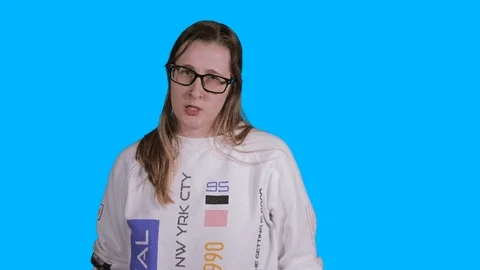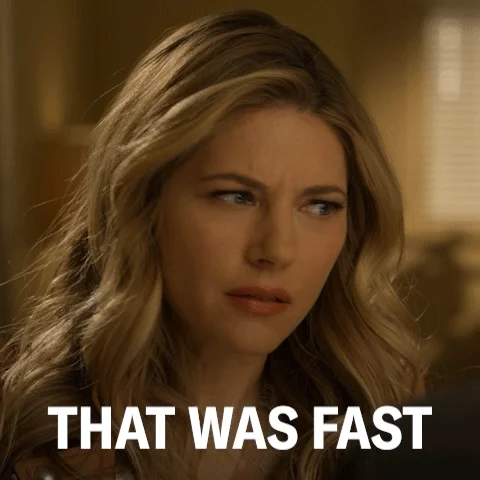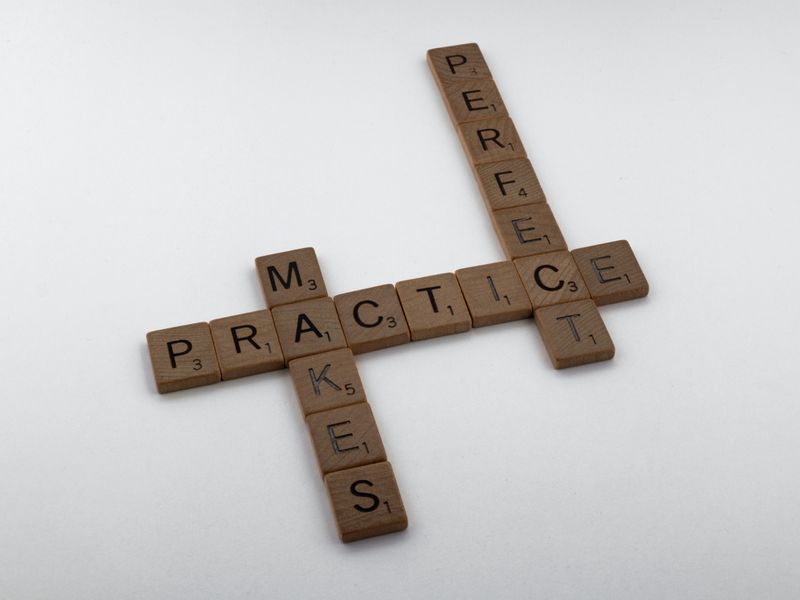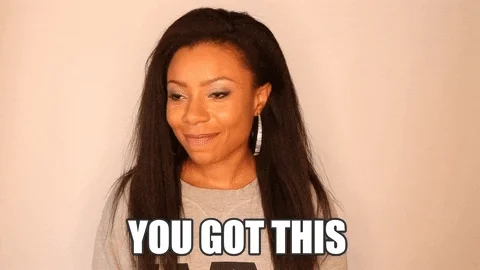
This logo isn't an ad or affiliate link. It's an organization that shares in our mission, and empowered the authors to share their insights in Byte form.
Rumie vets Bytes for compliance with our
Standards.
The organization is responsible for the completeness and reliability of the content.
Learn more
about how Rumie works with partners.
Have you heard of PechaKucha?

PechaKucha means "chit chat" in Japanese. It's a quick-fire presentation style created in Japan in 2003 by two architects. They wanted a way to tell stories or share topics in an engaging manner within a short timeframe.
PechaKucha is growing popular across the world and is used for business, education, and community purposes.
So What Is It?
To deliver a PechaKucha presentation, remember this formula 20x20. The presenter talks about their topic by showing 20 images, spending 20 seconds per image. So the entire presentation is only 6 minutes and 40 seconds long!

This is great for:
Keeping the audience engaged and focused
Keeping the presenter on track
Making the presentation more memorable and impactful
Allowing more presentations to be delivered in an event
Check out this PechaKucha presentation video for a great example.
Armed with your new knowledge, it's time to unlock your creativity and create a PechaKucha presentation!
Step 1: Choose an Engaging Topic

The best PechaKucha presentations are all about topics that truly excite you or hold a special place in your heart. Remember to narrow down your message to maintain the 20x20 length.
Here's an example:
Select an interesting topic like one of your interests, deep sea diving.
Identify the most captivating and unique aspects of deep sea diving that you're excited to share or you think will engage the audience. This could be fascinating marine life.
Choose a few main points to focus on. You can highlight your personal experience, the incredible marine biodiversity, and the importance of conservation efforts.
Step 2: Plan a Clear and Simple Structure
 Photo by Glenn Carstens-Peters on Unsplash
Photo by Glenn Carstens-Peters on UnsplashTime is of the essence in a PechaKucha, so a simple, clear, and organized structure is a must. Start with an outline to organize your thoughts and ideas coherently.
Using the previous example, you can write your outline as such:
Introduction — Introduce the topic of deep sea diving and your personal passion for it.
Personal Experience — Share a personal anecdote about a memorable deep sea diving experience.
Marine Biodiversity — Showcase diverse marine life encountered during deep sea diving.
Importance of Conservation — Discuss the fragility of deep sea ecosystems and the need for conservation.
Call to Action — Conclude with a powerful call to action, inspiring the audience to take part in protecting our oceans.
Closing — Express your hope that the audience gained a deeper appreciation for the wonders of deep sea diving.
Step 3: Build Powerful Slides
 Photo by Soragrit Wongsa on Unsplash
Photo by Soragrit Wongsa on UnsplashTell your story in an impactful way with visuals. Select high-quality images directly related to your message and ensure they're visible from the audience's perspective.
Use minimal text, but make it count. Select easily readable fonts to avoid confusion.
Set each slide to auto-advance after 20 seconds so you can fully immerse yourself in delivering your message.
Step 4: Practice Your Delivery

Rehearse your presentation until your delivery sounds natural, yet polished. Time yourself so you're well under the time limit. Use confident facial expression, body language and eye contact.
Practice in front of someone you trust and ask for their constructive feedback. Consider their suggestions and make any necessary improvements.
Did you know?
There's no pausing, going back or skipping forward in a PechaKucha presentation, so make every moment count.
Let's Test What You Know
Consider the following scenario:
Grace, an enthusiastic gardener, is eagerly preparing for her upcoming PechaKucha presentation on sustainable gardening practices. One of her main points covers the benefits of composting. She wants to ensure that her slides effectively convey her message and carefully considers 3 potential slide designs to choose from.
Design A

Background image of a lush garden with vibrant flowers
A paragraph of text explaining the process and benefits of composting
Seeks to engage the audience with garden beauty and offer composting details
Design B

Background image of a compost bin filled with organic materials
Bullet points highlighting key benefits of composting in short statements
Emphasizes practical composting information that's easily digestible for the audience
Design C

Minimalistic slide with a single high-quality image of finished compost
One-word phrases representing the key benefits of composting
Highlights simplicity, letting the visuals speak for themselves
Quiz
Which slide design do you think is the most suitable for conveying Grace's message the PechaKucha way?
Design C is the best choice for a PechaKucha presentation because it focuses on simplicity and visual impact. Design A has a beautiful garden image that isn't too relevant for composting and has too much text for a presentation. Design B has clear and concise information but still has too much text for a PechaKucha-style presentation.
Take Action
You're now well-equipped to create a PechaKucha presentation that will captivate and inspire your audience.

Continue sharpening your presentation skills:
This Byte has been authored by
Evelina Wongosari
Learning Designer | Project Manager